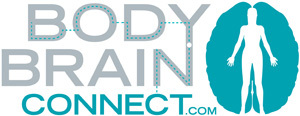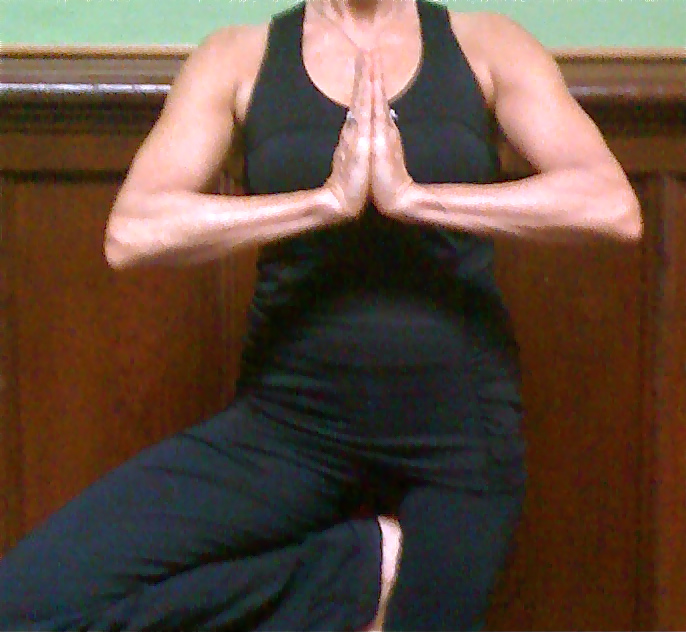Over years of teaching Pilates classes, sessions and certifications, I have noticed that some cues are more effective than others. The feedback that works best, I’ve found, encourages students to pay attention to what their bodies are doing. I’m reminded of pioneering psychologist William James’ definition of attention: “Everyone knows what attention is. It is the taking possession by the mind, in clear and vivid form, out of what seem several simultaneously possible objects or trains of thought. Focalization, concentration, or consciousness are of its essence. It implies withdrawal from some things in order to deal effectively with others.”
I find when a Pilates or Yoga student successfully pays attention, distracting thoughts fall away and focus, like a spotlight, shines on the specifics of the action or pose he needs to improve. I’ve also learned that some cues are better than others in creating body awareness.
Say, for instance, you need to draw attention to a student’s misalignment when performing the Tree Pose, a common Yoga pose or asana. There are three basic ways a Pilates or Yoga teacher can use verbal cues to improve student movements.
1. Knowledge of results (KR) is external feedback from an instructor or coach commenting on whether or not you performed something accurately or correctly. For example, You just did a downward dog when you were cued to perform a cobra.
2. Knowledge of performance (KP) is external feedback commenting on the physical performance of the movement: Is your body in correct alignment? Your left hip seems slightly behind the right.
3. Augmented feedback, sometimes called transitional feedback, is external feedback that describes in detail how to change movement patterns for optimal results. For best results, I try to add transitional feedback when a student is clearly aware of his body. Then he has two types of feedback to improve his learning outcome–first, his own body awareness and second, the feedback from the teacher.
Here’s how these three types of verbal cues work when teaching the Tree pose:
The initial cue to the student attempting the tree pose might be as follows:
1. KR knowledge of results “You are not performing the Tree Pose correctly.”
The student responds to this results-oriented feedback by realizing that something is wrong with her execution of the pose.
2. A more specific cue, KP knowledge of performance: “You need to adjust your hips squarely in the Tree Pose.”
The student now focuses attention on her hips. From the student’s perspective, she may already know that her hips are not level, but she may not know how to fix it.
3. Giving specific detail about what needs to be fixed helps the student to process the information. So it is even more effective to give augmented or “transitional” feedback:
“ I need you to square your hips in the Tree Pose by dropping the hip of the gesture leg and engaging your inner thigh on the supporting leg. This allows your lifted hip to relax into proper alignment.”
This transitional feedback combines the goal–“I need you to square your hips”–with specific details about what needs to be fixed: “dropping the hip of the leg that is lifted and engaging your inner thigh on the supporting leg allows your lifted hip to relax into proper alignment.”
So next time you teach or take a Pilates or Yoga Class, make sure that you first draw attention to the part of your body that needs improvement, and second, pay attention to feedback that tells you not just what to fix but how to fix it.








I like your article, it is so important to use transitional feedback since most of the times students dont know how to fix their posture or dont understand the idea behind the teacher’s cue.
Perhaps a topic for another post would be the different neural effects of saying “I need you to square your hips…” vs. “Square your hips…” vs. “Notice how it feels if you square your hips…”
Glad I found this website. I’m a yoga teacher with great interest in brain science implications. Will you ever come to Chicago?
Jai,
Nick